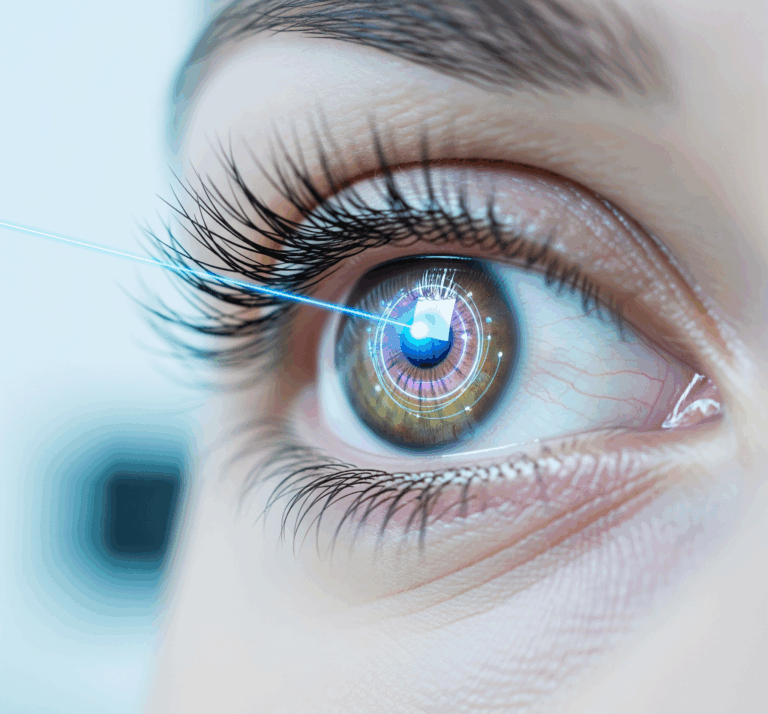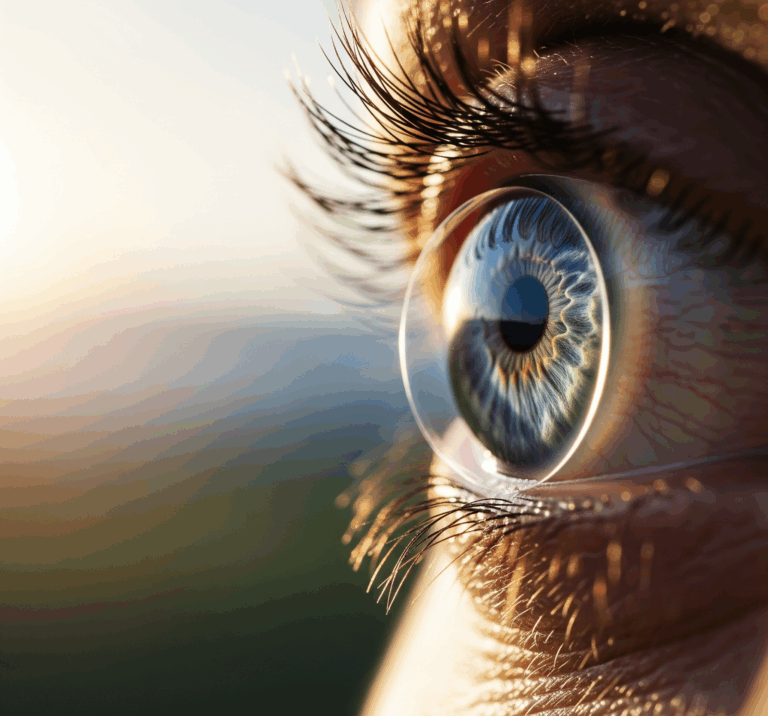Cataract Surgery
Smile Center Turkey
Cataract surgery is a highly common and effective procedure designed to restore clear vision impaired by cataracts. A cataract is a clouding of the natural lens of the eye, which can lead to blurred vision, glare, difficulty with night vision, and dulling of colors. This modern procedure effectively removes the cloudy lens and replaces it with a clear, artificial intraocular lens (IOL).
During cataract surgery, the cloudy natural lens is carefully removed, most commonly using a technique called phacoemulsification, where an ultrasound probe breaks up the cataract into tiny pieces for aspiration. Once the cloudy lens is removed, a new, clear intraocular lens is implanted, allowing light to focus properly on the retina once again. This significantly improves vision, often resulting in a remarkable restoration of clarity and color perception. The procedure is typically quick, usually taking less than an hour, and most patients experience a noticeable improvement in vision shortly thereafter. Compared to living with the progressive vision loss of cataracts, the surgery offers a profound return to visual function.
In Turkey, cataract surgeries are performed in clinics equipped with advanced technology and by experienced eye surgeons, adhering to international standards. This provides both cost-effective options and high quality expert care with a short recovery time. However, as with any medical procedure, a detailed evaluation by an ophthalmologist is essential to determine if cataract surgery is the right option for you and to discuss the most suitable type of intraocular lens for your needs.
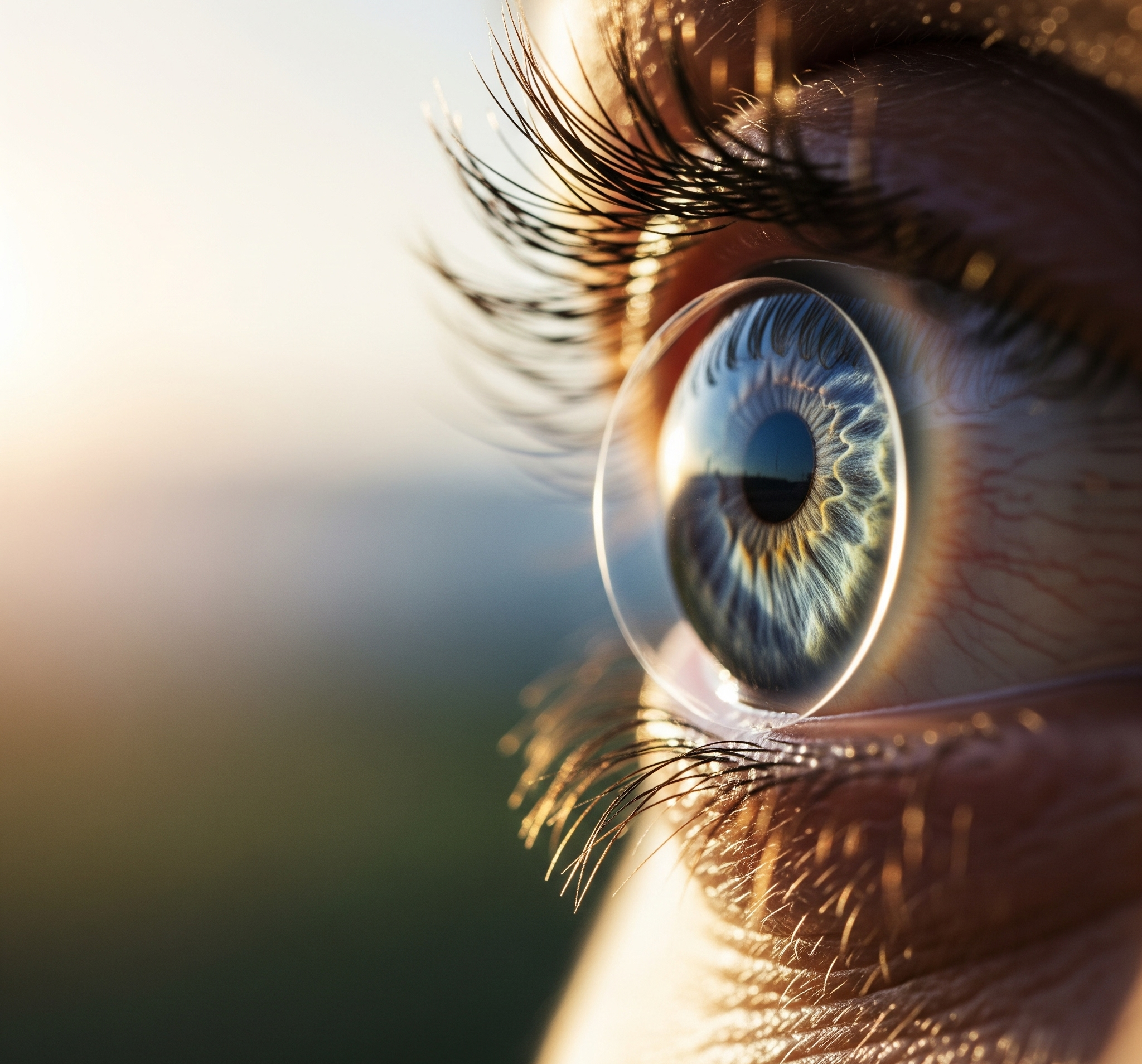

What is Cataract Surgery?
Cataract Surgery is a common and highly effective surgical procedure performed to remove a cloudy natural lens (cataract) from the eye and replace it with an artificial, clear intraocular lens (IOL). Cataracts cause blurred vision, glare, and faded colors, progressively impairing daily activities. This procedure is designed to restore clear vision and significantly improve quality of life for individuals affected by cataracts.
During cataract surgery, a very small incision is made in the eye. Through this incision, a tiny ultrasound probe (in a technique called phacoemulsification) is often inserted to break up the cloudy lens into microscopic fragments, which are then gently suctioned out. Once the natural lens material is completely removed, a folded artificial intraocular lens is inserted through the same small incision and carefully unfolded into its permanent position. This new, clear lens allows light to focus properly on the retina, restoring clear vision. The procedure is quick, typically taking only a few minutes, and does not require stitches as the incision is self-sealing.
Cataract surgery is suitable for individuals experiencing significant vision impairment due to cataracts that affect their daily lives, such as difficulty reading, driving, or recognizing faces. It is often a preferred and necessary option when cataracts progress to a point where they can no longer be corrected with glasses or contact lenses, offering a long term solution to vision loss caused by the cloudy lens.
The full visual recovery period varies among individuals, but many patients notice improved vision within hours and continue to experience enhancements over the following days and weeks. Post-operative care, including eye drops and follow-up appointments, is essential for optimal results and healing.

Cataract Surgery Turkey Overview

Treatment Objective
The gastric balloon aims to support weight loss by partially filling the stomach, helping patients feel full sooner and reduce their food intake. It is ideal for individuals seeking a non-surgical, short-term solution to manage obesity and improve metabolic health.

Procedure Duration
The placement procedure takes approximately 20 to 30 minutes and is performed via endoscopy under mild sedation. The patient is typically discharged within a few hours after observation.

Hospital Stay
Hospitalisation is not required. Gastric balloon treatment is carried out on an outpatient basis. Patients can return home or to their hotel on the same day following the procedure.

Recommended Stay Duration
It is advisable to stay in Turkey for 2 to 3 days to allow for pre-treatment assessment, the procedure itself, and post-placement observation

Post-Treatment Potential Symptoms
Some patients may experience nausea, vomiting, bloating or cramping during the first few days. These symptoms usually subside as the body adapts to the balloon. Medication is provided to manage this initial discomfort.

Estimated Recovery Period
Most patients return to their daily routines within 3 to 5 days. The balloon remains in place for 6 to 12 months, depending on the system used. During this time, patients follow a supervised diet and lifestyle plan to support long-term weight loss.






Easy 5 Steps to Look Great, Feel Great!

Contact
Contact our team of experts and let us know your needs and expectations.

Online Consultation
Get a free online consultation as soon as you get in touch with us.

Treatment Plan
Reach alternative treatment plans that offer the best solution for your healthcare.

Booking
Booking a treatment has never been easier. Simply set your dates, book your flight ticket, and leave the rest to us.

Smile
We will always make you smile with all the services we offer during and after your treatment.

Cataract Surgery Procedure
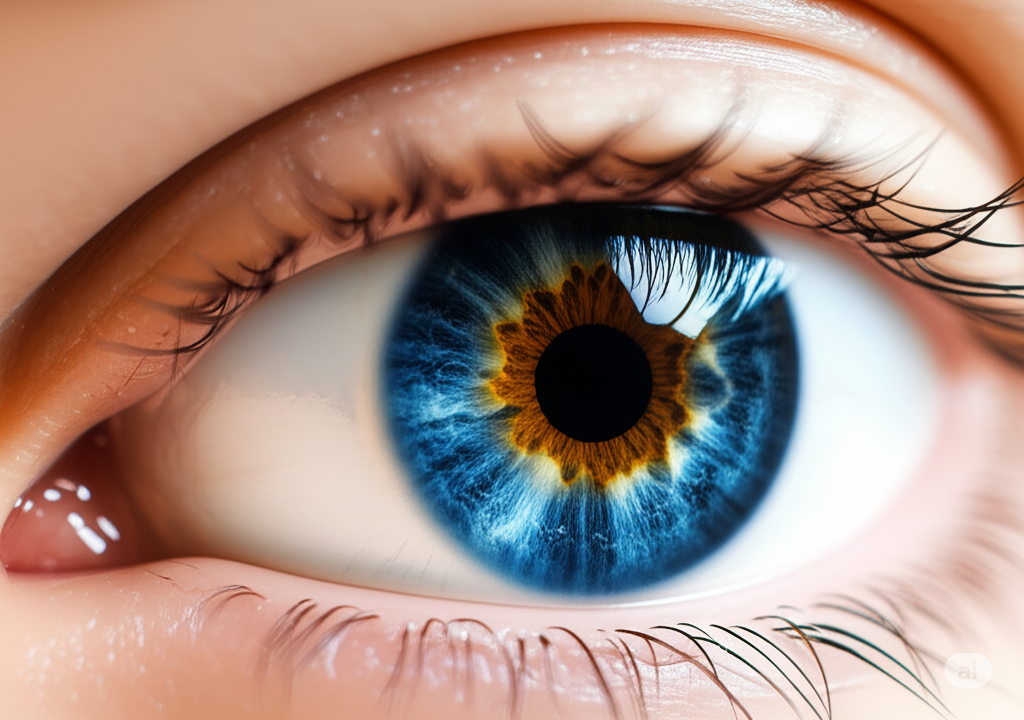
The cataract surgery procedure is a highly effective solution designed to restore clear vision by removing the eye’s cloudy natural lens and implanting a new, clear artificial lens.
The treatment begins with a detailed consultation and a thorough eye examination to ensure the patient is a suitable candidate for the procedure. This assessment includes measuring the eye’s dimensions to select the most appropriate intraocular lens (IOL). Once deemed eligible, the procedure typically involves a very small incision in the eye.
Once the incision is made, the surgeon usually employs a technique called phacoemulsification. A tiny probe emits ultrasound waves to break up the cloudy natural lens (cataract) into small fragments, which are then gently suctioned out. After the removal of the cataract, a new, clear, foldable intraocular lens is inserted through the same small incision and carefully positioned within the eye. This new lens allows light to focus accurately on the retina, resulting in significantly improved vision.
The entire procedure typically takes about 15 to 30 minutes per eye, depending on the complexity of the cataract. Patients usually go home shortly after the procedure. There are no stitches required as the tiny incision is self-sealing, and generally, no hospitalization is needed.
During the following few weeks and months, the patient follows a post-operative care plan, which includes prescribed eye drops to prevent infection and inflammation, and scheduled follow-up appointments with their surgeon. This phase is key to ensuring proper healing, monitoring the eye’s adjustment to the new lens, and achieving optimal visual outcomes. Regular check-ups help monitor the healing process and ensure long-term success in vision restoration.

Smile Clinic







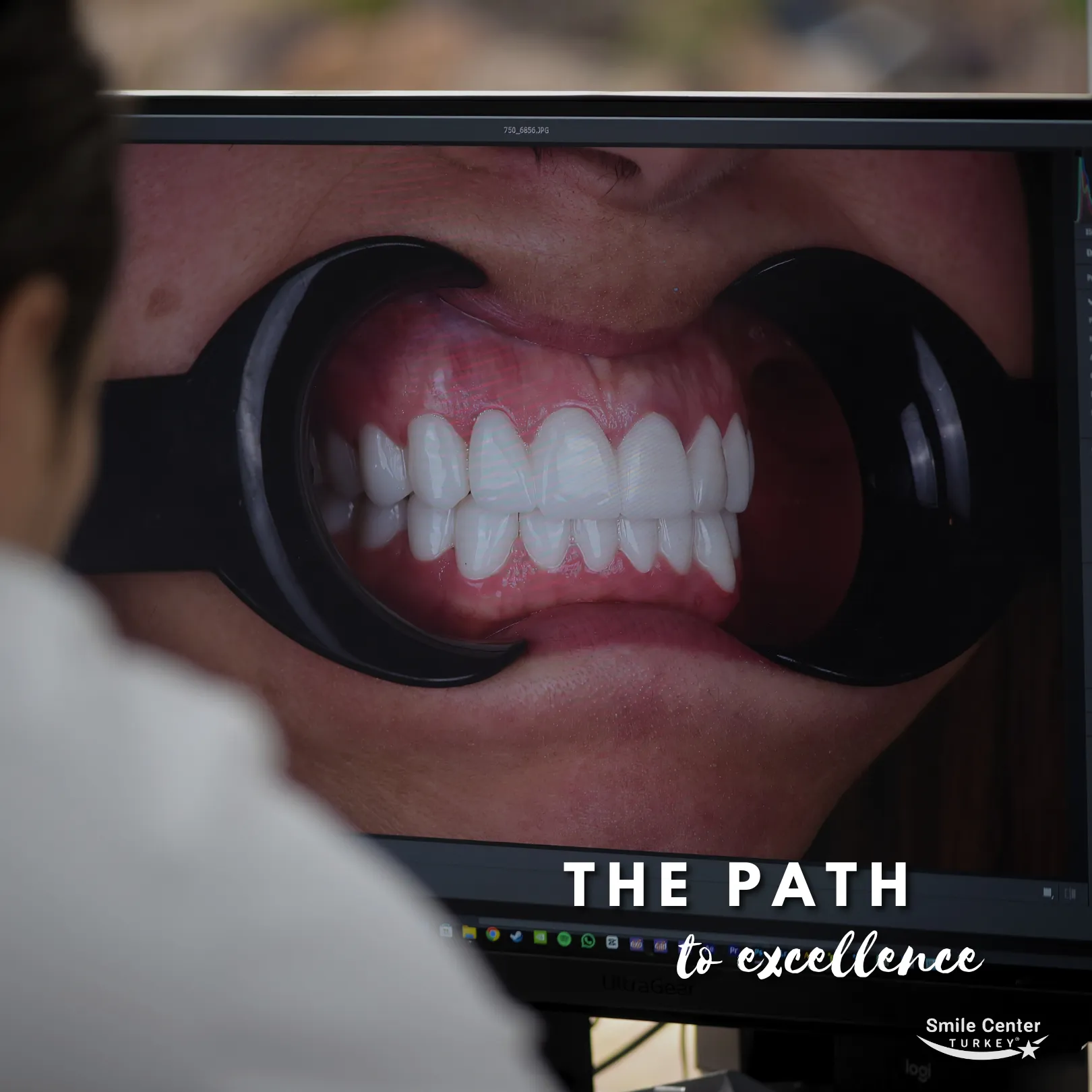
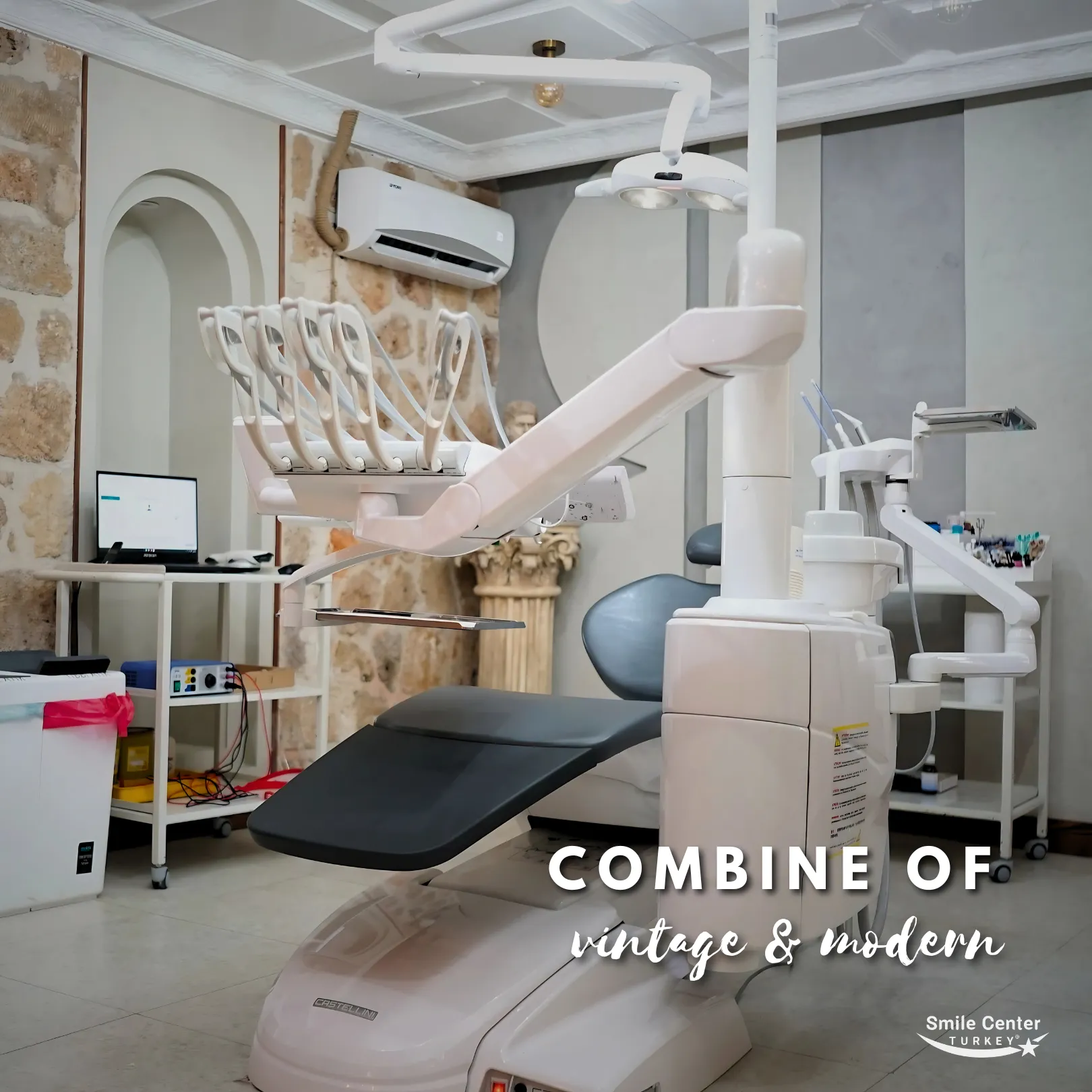
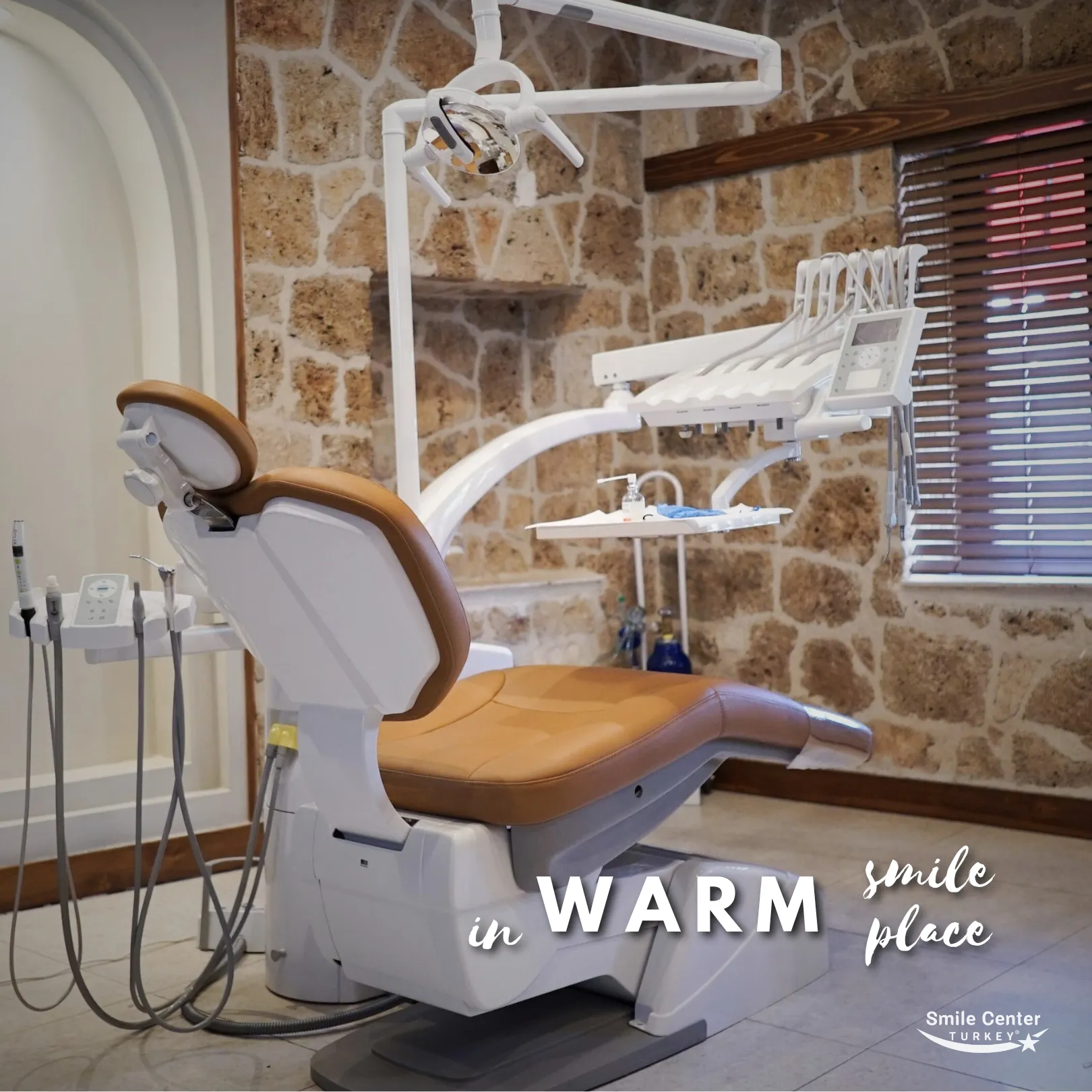

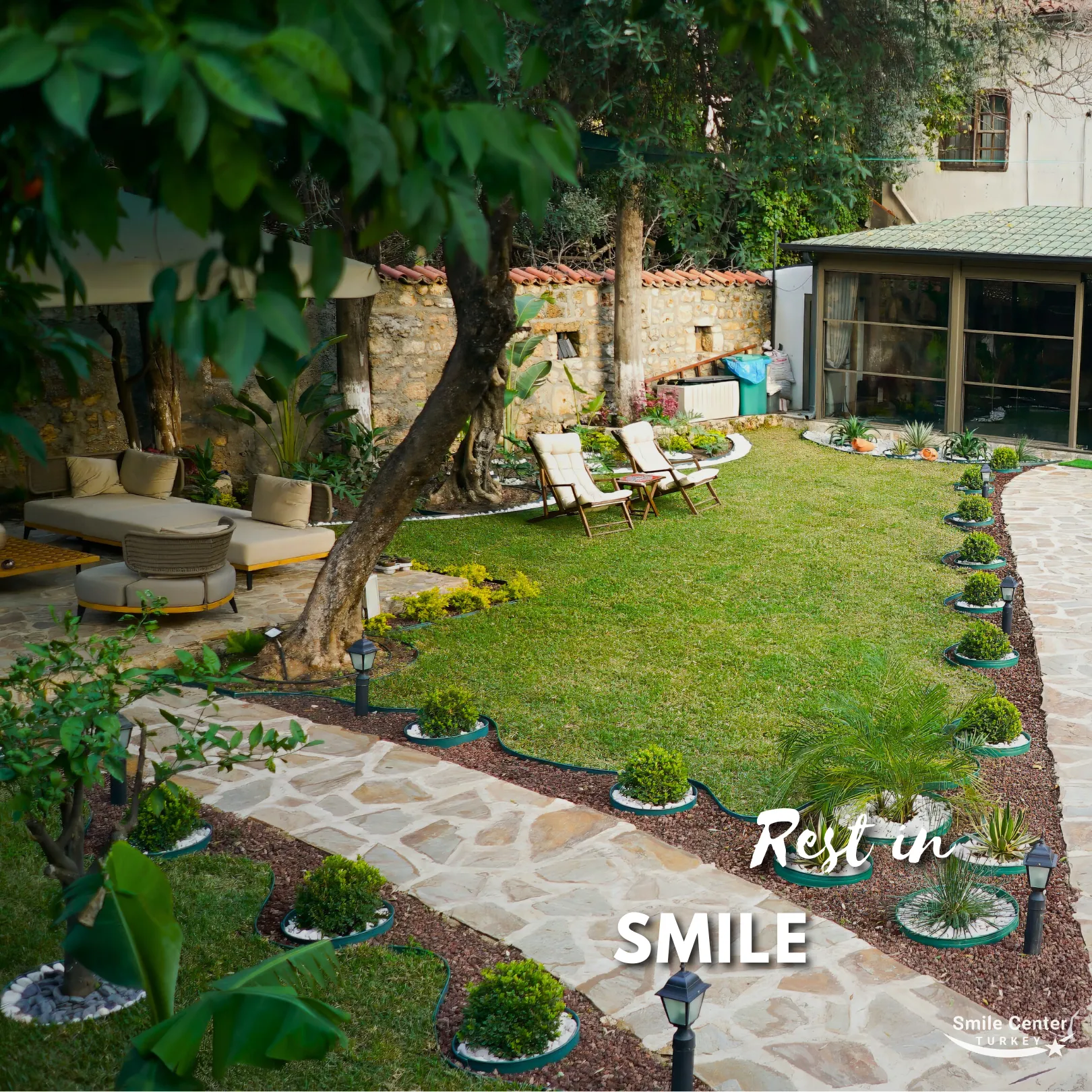
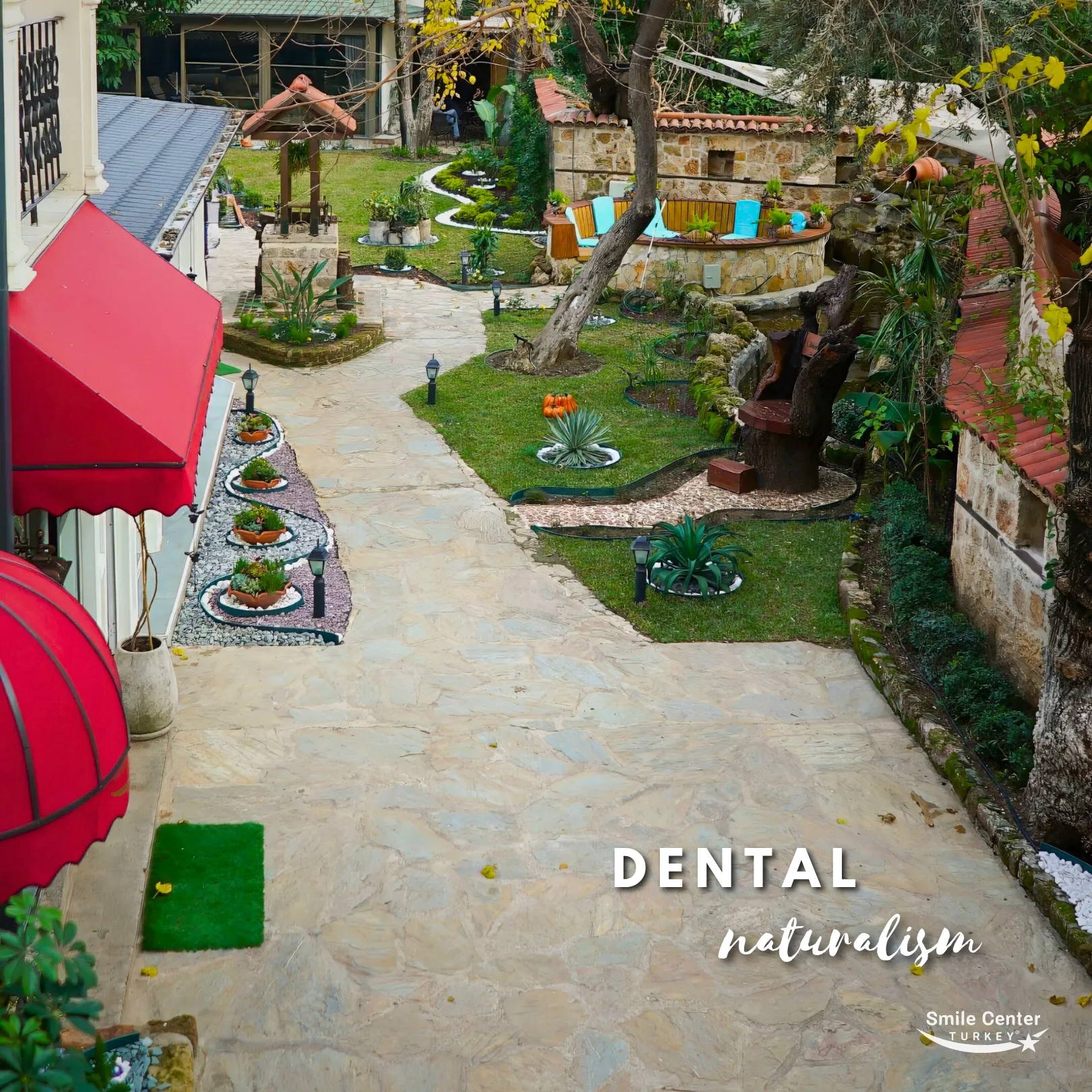



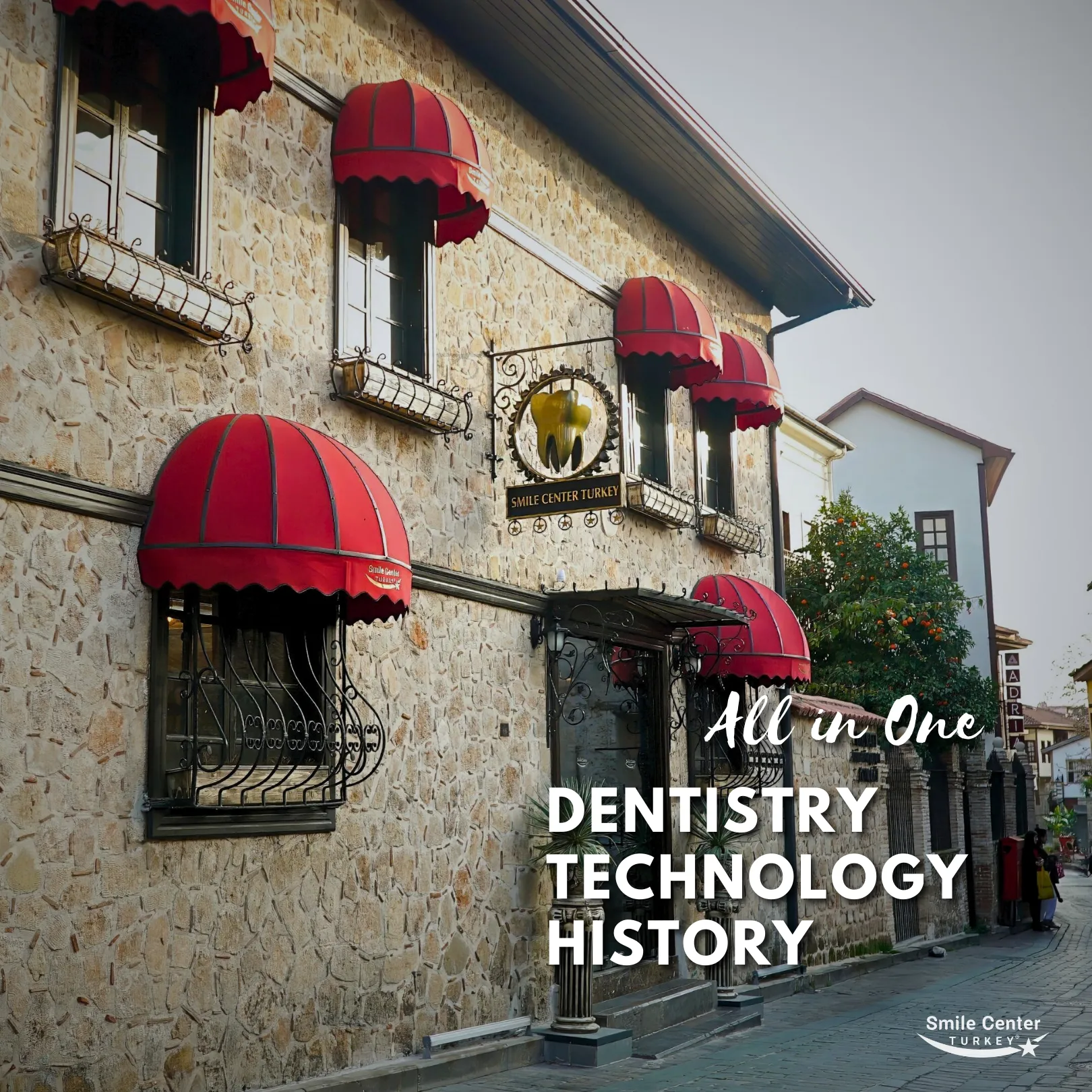
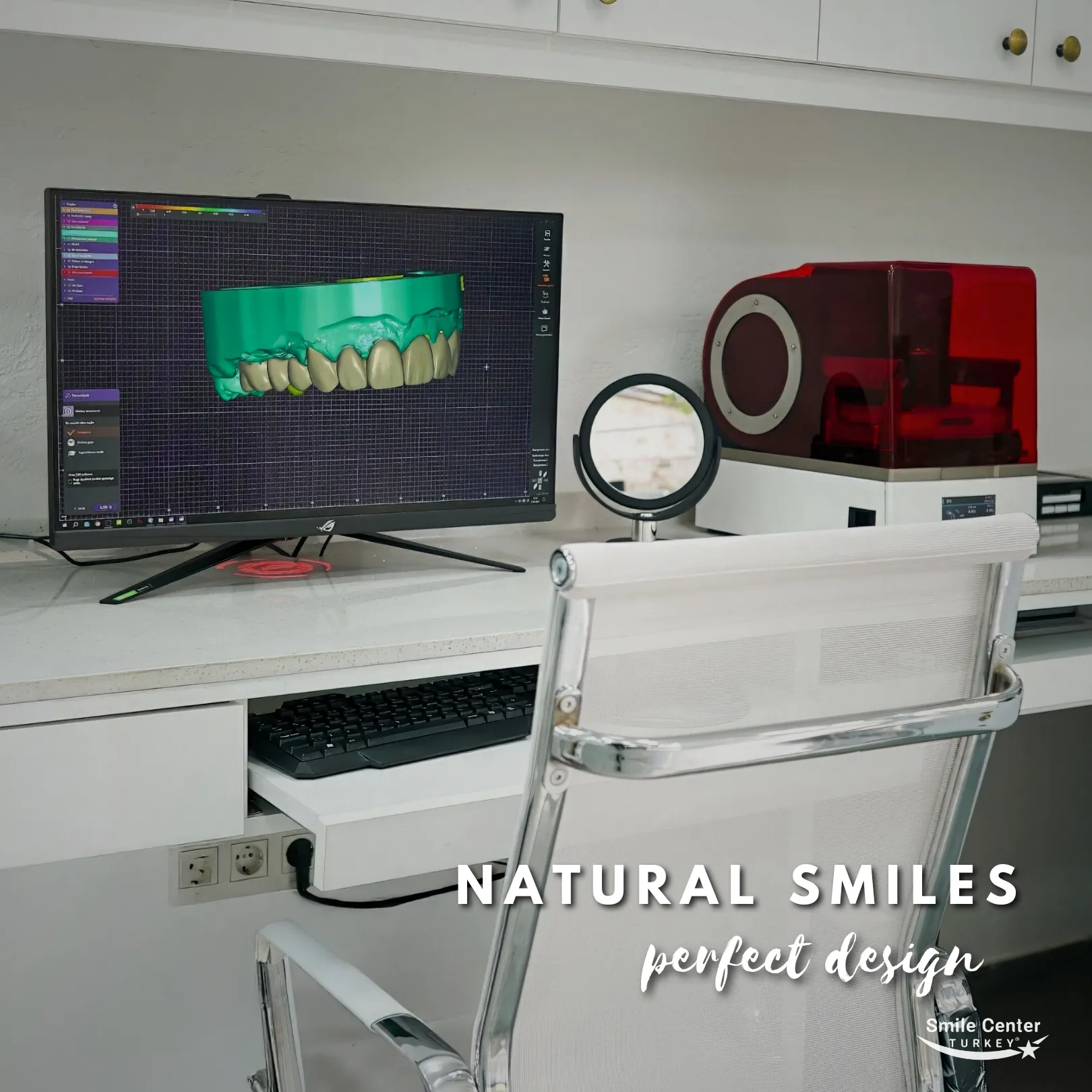

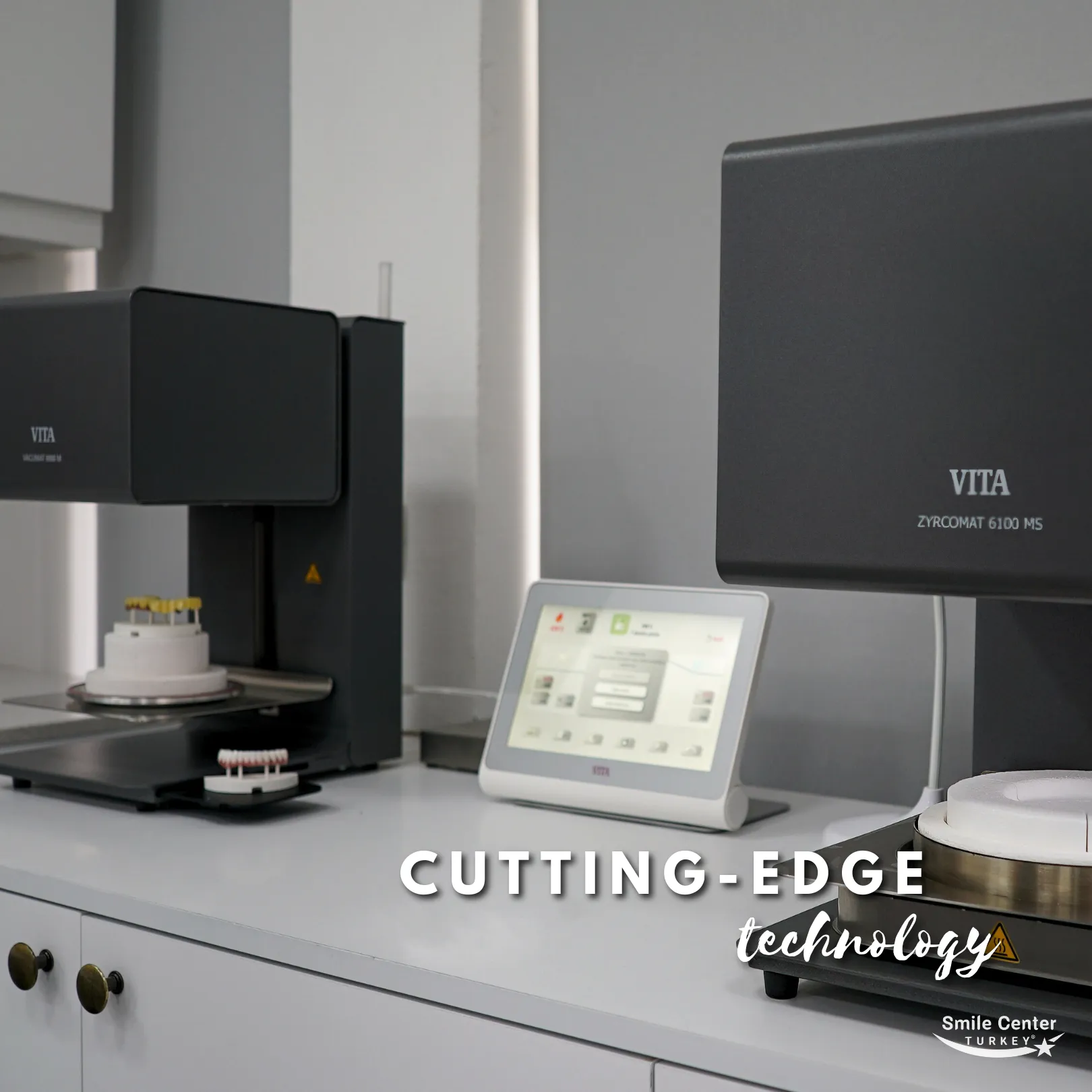

Who is Suitable for Cataract Surgery?
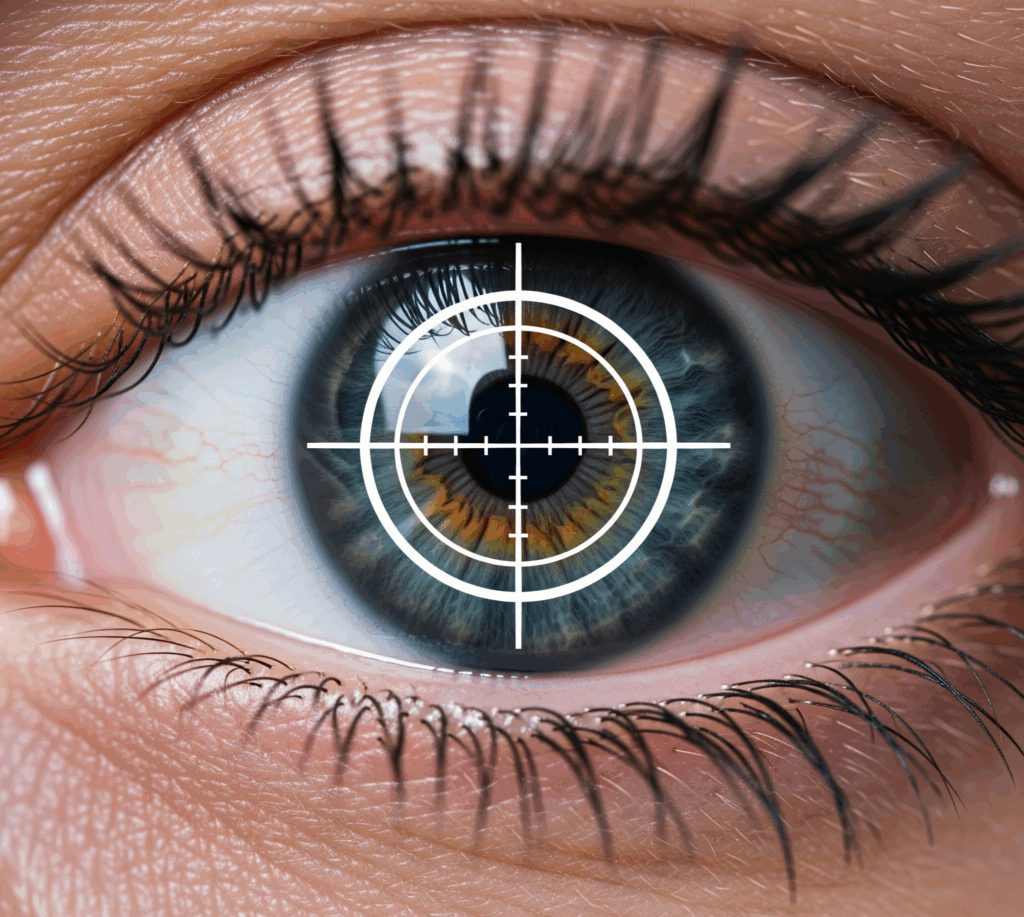
Cataract surgery is suitable for adults who are generally healthy and whose vision is significantly impaired by cataracts. It is typically recommended for individuals experiencing:
Blurred or cloudy vision: Making daily tasks like reading or driving difficult.
Increased difficulty with night vision: Often accompanied by glare or halos around lights.
Fading or yellowing of colors: Making distinguishing shades challenging.
Frequent changes in eyeglass or contact lens prescription: Which no longer effectively improve vision.
Ideal candidates for cataract surgery are those whose cataracts are affecting their quality of life and daily activities. Unlike refractive surgeries that address vision correction, cataract surgery addresses a medical condition where the natural lens has become cloudy. They should be free from other severe eye conditions that might prevent a successful outcome, though many co-existing conditions can be managed.
This procedure is often beneficial for individuals who desire to regain clear vision and improve their ability to perform everyday tasks independently. It is the only effective treatment for cataracts, as glasses or medications cannot clear a cloudy lens.
Candidates must be in good overall health, without uncontrolled systemic diseases that could significantly complicate surgery or healing. Realistic expectations regarding the outcomes of cataract surgery are also important for treatment success, as while vision significantly improves, it may not restore vision to youthful perfection, particularly if other eye conditions exist.
It is crucial to consult with a qualified ophthalmologist for a comprehensive eye evaluation to determine individual eligibility for cataract surgery. They will discuss the potential benefits and risks, as well as the most suitable intraocular lens (IOL) options based on your specific eye health and vision needs, especially considering the advanced standards and practices available here in Turkey.

Cataract Surgery Video

Benefits of Gastric Balloon
Achieve significantly clearer, brighter vision and a richer perception of colors, as the cloudy cataract is replaced with a pristine, artificial lens. This often feels like “seeing the world in high definition” again.
Experience greater ease and confidence in daily activities such as reading, driving (especially at night), watching television, and recognizing faces, leading to enhanced independence and well-being.
Cataract surgery provides a lasting remedy for the cloudy lens; once removed, a cataract cannot grow back. The implanted intraocular lens (IOL) is designed to remain permanently in place.
Cataract surgery is one of the most frequently performed and highly successful surgical procedures globally, with excellent outcomes for the vast majority of patients.
Modern intraocular lenses offer various options, including monofocal, toric (for astigmatism), and multifocal IOLs, which can potentially reduce or eliminate the need for glasses for distance, near, or both.

Things to Consider
Patients may experience temporary mild irritation, dryness, slight blurriness, or light sensitivity in the initial days or weeks after surgery. These symptoms are usually manageable with prescribed eye drops and typically resolve as the eye heals.
While vision improves rapidly, it may take several weeks or a few months for the brain to fully adapt to the new lens, especially if a multifocal IOL is implanted. Some patients might notice new visual phenomena like glare or halos, particularly with certain IOL types.
Diligent adherence to post-operative instructions, including using prescribed eye drops and attending all scheduled follow-up appointments, is essential for optimal healing, preventing complications, and ensuring the best possible visual outcome.
While highly successful, the final visual outcome can be influenced by other pre-existing eye conditions (e.g., glaucoma, macular degeneration) that were present before the cataract developed. Vision may improve but not necessarily to “perfect” levels if other issues are present.
Although the artificial lens itself cannot cloud, a common occurrence years after surgery is the clouding of the membrane behind the IOL, known as Posterior Capsule Opacification (PCO). This “secondary cataract” is easily treated with a quick, painless outpatient laser procedure (YAG capsulotomy).

What is included in the treatment packages

Accommodation

VIP Transfer

Private Advisor

Medication

Lifetime Consultation

Lifetime Check-Up

Healing Process After Cataract Surgery
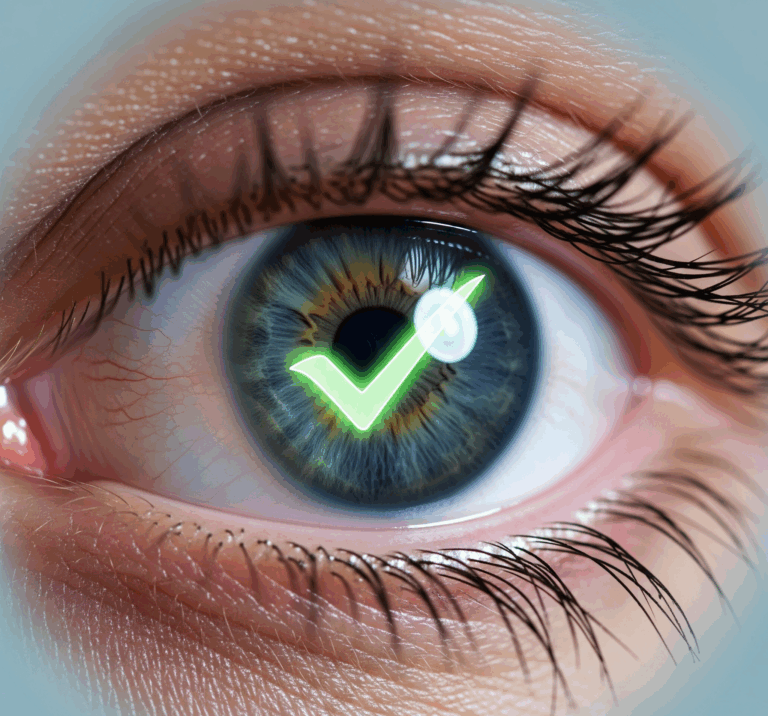
The initial healing process following cataract surgery is typically swift, with many patients noticing a significant improvement in vision within hours or days of the procedure as the cloudy lens has been replaced. During the first few days post-surgery, it’s common to experience some mild discomfort, such as a feeling of grittiness, mild dryness, or slight light sensitivity. Proper management, including the diligent use of prescribed eye drops and strict adherence to post-operative care instructions, is crucial during this immediate recovery phase to ensure optimal healing and comfort, and to prevent complications.
Over the following weeks and months, the eye undergoes a more subtle but continuous adjustment phase as it fully adapts to the new intraocular lens (IOL). While the initial blurriness quickly dissipates, vision may continue to improve and stabilize. Regular follow-up appointments with your ophthalmologist are scheduled to monitor the healing progress, assess the eye’s adaptation to the new lens, and ensure the long-term success of the vision restoration. This involves checking intraocular pressure and confirming the stability of the IOL. This gradual healing process is key to achieving the stable, clear vision that cataract surgery aims to provide, allowing the brain to fully integrate the newly clear images received. It’s an intricate biological process where the eye adjusts to its new optical environment, highlighting the body’s remarkable capacity for recovery.

Common Post-procedure Reactions After Cataract Surgery
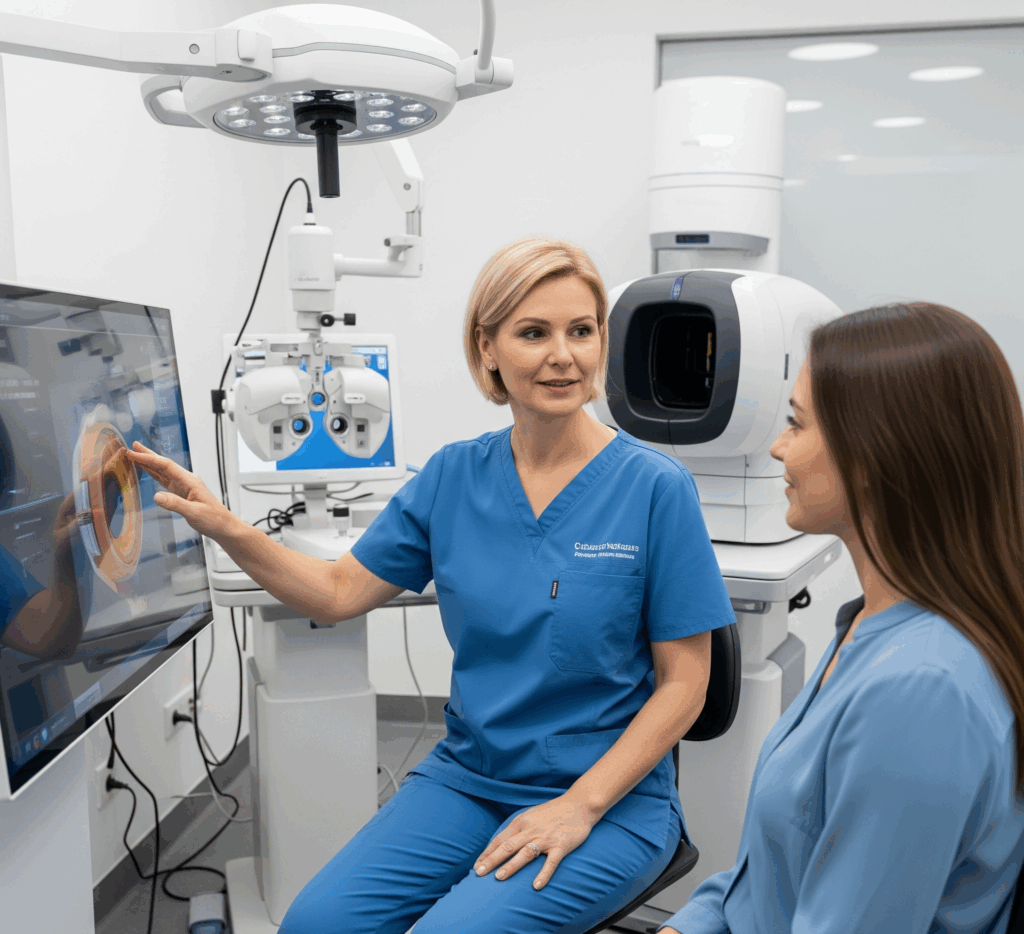
After cataract surgery, it is entirely normal to experience some expected short-term side effects as your eye begins its healing process and adjusts to the new intraocular lens (IOL). Understanding these common post-cataract symptoms can help manage expectations for cataract surgery recovery.
During the first few days to a week following the procedure, many patients report reactions such as:
Mild irritation or a gritty sensation: Similar to having something in your eye.
Temporary blurriness or fluctuating vision: This is part of the initial healing and adjustment.
Mild light sensitivity (photophobia): You may find bright lights uncomfortable initially.
Glare or halos around lights: Especially at night, which usually diminishes as the eye heals and adapts to the new IOL.
Slight redness or bruising around the eye: This is less common but can occur from the local anesthetic.
These post-cataract surgery side effects are typically temporary and can be managed effectively with medication prescribed by your eye doctor, primarily anti-inflammatory and antibiotic eye drops. Resting your eyes, avoiding rubbing them, and protecting them from bright light (e.g., with sunglasses) can also significantly help ease discomfort and facilitate quicker healing.
Patients are strongly advised to attend all scheduled follow-up appointments to monitor their adaptation, ensure proper healing, and make any necessary adjustments to the post-operative care regimen. These check-ups are vital for the long-term success of your vision restoration after cataract removal.
By the end of the first week, most individuals start feeling significantly more comfortable, experiencing clearer, more stable vision. While minor visual fluctuations might persist for a few weeks, the eye progressively settles into its new state, leading to excellent long-term visual outcomes for the majority.

F.A.Q.
1. How Long Does Cataract Surgery Take?
Cataract surgery is a relatively quick procedure. The actual surgical time for the removal of the cloudy lens and implantation of the new intraocular lens (IOL) typically takes about 15 to 30 minutes per eye. You will be in the operating room for a short period, generally no more than 1 to 1.5 hours in total for preparation, the procedure itself, and initial post-operative monitoring.
2. Is Cataract Surgery Painful?
No, cataract surgery is generally not painful. Numbing eye drops and/or a local anesthetic injection are used to completely numb the eye area before the procedure. You may feel some mild pressure or a sensation of touch, but sharp pain is rarely experienced during the surgery. Post-operatively, most patients report only mild discomfort, such as a gritty feeling, which can be managed with prescribed eye drops.
3. Will I See Clearly Immediately After Cataract Surgery?
Many patients experience a noticeable improvement in vision almost immediately after cataract surgery, often describing a brighter, clearer world. However, vision may still be somewhat blurry or hazy right after the procedure dueishing to the healing process and dilation. It typically clears significantly within the first 24 to 48 hours, with continued improvement over several days to weeks as the eye fully recovers and adjusts to the new artificial lens.

